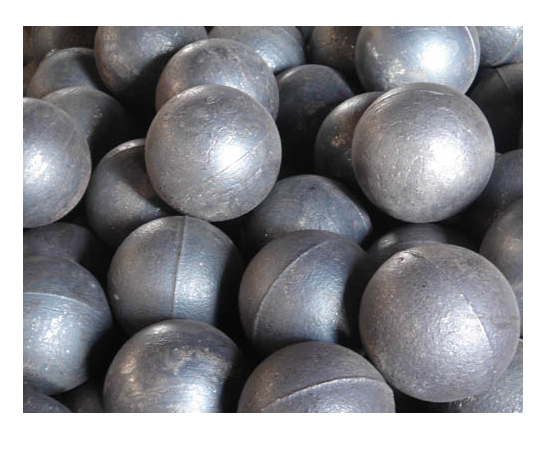Method one: gas sweep
A common cleaning method is relatively simple, requiring the use of air pump, purge gun and fume hood. It is often used for cleaning dry and non-sticky samples after grinding, such as soil, coal, dry cement and so on. After the grinding of such samples, the grinding tank and the grinding medium can be put into a fume hood and cleaned with a blowing gun, and can be used again after completion.
Method two: Wipe with paper towels or dry cloth
Paper towels or dry cloth are also common cleaning methods. It should be noted that paper towels and dry cloth should be clean and pollution-free. This method is also suitable for cleaning dry and non-sticky samples after grinding. After grinding, the grinding tank can be directly wiped with paper towels or dry cloth, grinding ball is only suitable for slightly larger diameter, less.
Method three: water washing
Water is our daily cleaning common liquid, also suitable for grinding tank and grinding ball cleaning. Before cleaning, we can soak the grinding tank and grinding ball, and then rinse the tank and ball with running water. For oil, solvent and other substances that are difficult to clean with water in the tank, the grinding ball and detergent (such as washing powder, small pieces of soap, detergent, etc.) can be put into the grinding tank with water, put the lid on the ball mill to run over for a few minutes, and then wash with pure water, and then dry or dry.
Method four: add cleaning solvent
Some sample residues, only water and detergent is difficult to clean, then we can choose the appropriate cleaning solvent according to the chemical properties of residual samples, such as acetone, butanone, ethanol (alcohol), oxalic acid, hydrochloric acid, and so on, and then soak cleaning.
It should be noted that when we choose the cleaning solvent, we should avoid the chemical reaction between the added solvent and the grinding tank and the grinding ball. In addition, for the samples of wet ball grinding, we can directly use the same solvent as the grinding for cleaning, and the effect is also good.
Method five: add sulfuric acid or nitric acid and other strong acid
Some attachments that are difficult to remove can be soaked in strong acid for a period of time according to the situation, and then put into the ball mill with dilute acid for cleaning, and then wash with tap water.
Method six: ultrasonic or plasma cleaning machine
For some grease or sticky samples, the choice of ultrasonic or plasma cleaning machine often has a good cleaning effect, the mechanical vibration power generated can be broken attachment, in order to achieve the cleaning effect, dry or dry after cleaning.
Method seven: the ball mill runs without load
Ball mill no-load operation has been applied to some of the above methods, the ball mill itself when running with a certain amount of energy, we can use this energy to clean the grinding tank and grinding medium, but it should be noted that the speed can not be set too high, in order to reduce the loss of grinding ball and ball mill energy consumption.
When the ball mill is used for no-load operation and cleaning, we can add water and detergent, but also add aluminum oxide powder, fine sand, quartz sand or small size corundum balls and other substances to increase contact friction. Especially in the study of mechanical alloying, tend to form the tank wall and grinding ball alloy layer, use sand paper burnish not away, then we can take some construction sand, together with the ball and water idling cleaning, will have good results, if not yet, sand and water it with quartz sand, corundum balls, are generally good cleaning effect can be achieved.

Betty 86 158 5636 2791
Star 86 18756355533 starwang577322@foxmail.com
Address: Heli Industrial Zone, Ningguo City, Xuancheng, Anhui Province, China.
molding line
metal mold
heat treatment furnace
grinding media
Ball Production Ancillary Facility
Wrench
Induction Furnace
